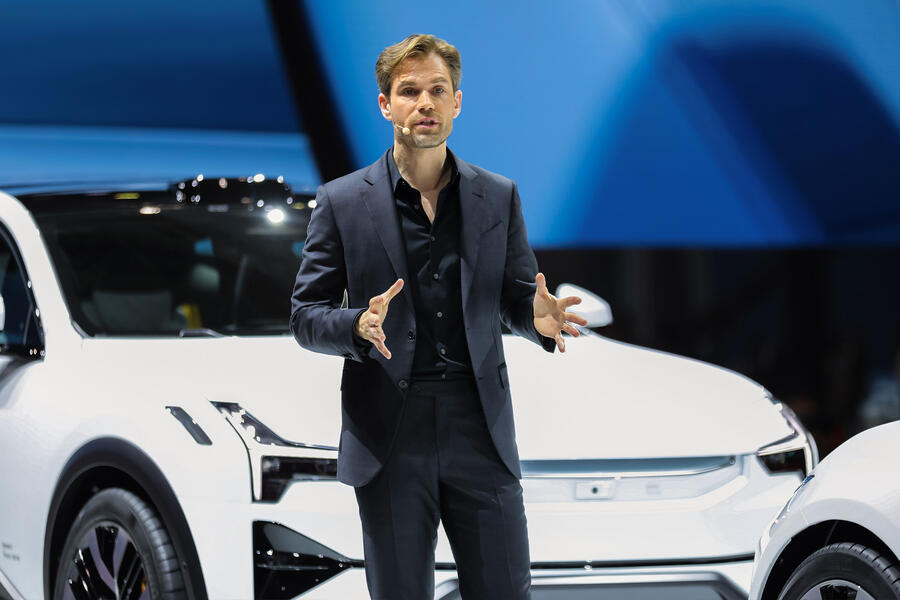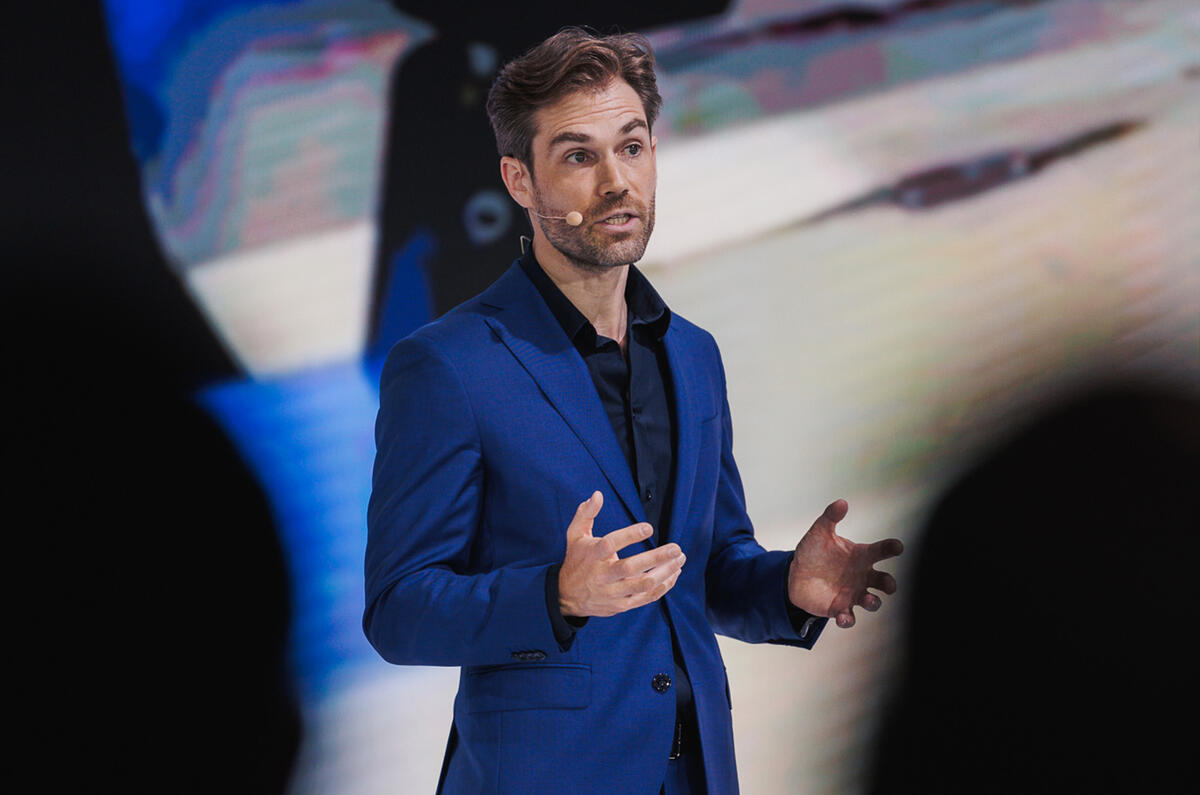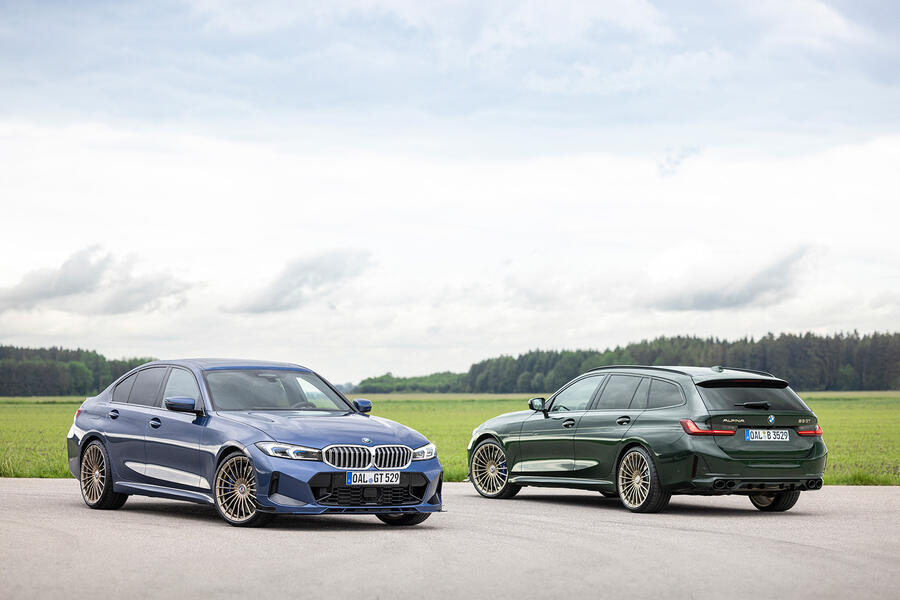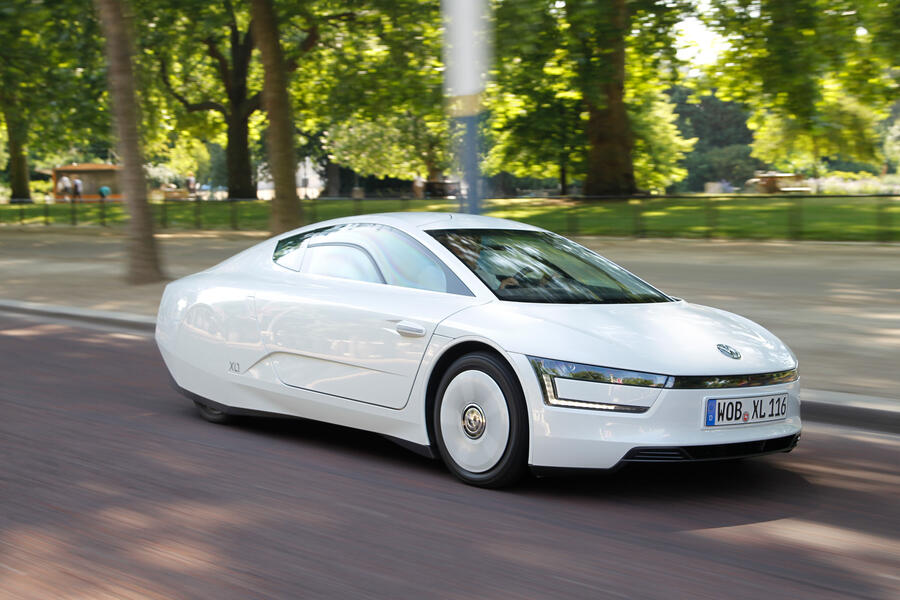Max Missoni, the award-winning Polestar design boss who joined BMW late last year, has spent much of the past seven months in his new role learning about the Bavarian company’s unique procedures and “beautiful past” as a way of creating a range of middle - and upper-echelon models on which the future depends beyond 2035.
Having come recently from a smallish, Scandinavia-based start-up with no historical back story at all (and mainstream Volkswagen before that), Missoni is now tasked with making best use of BMW’s powerful heritage to create a future range of premium cars whose launch is still a decade away, well beyond that of the impending Neue Klasse line-up that will soon start rolling out of factories.
However, in order to keep a foothold in the contemporary scene, Missoni is also taking charge of design at Alpina, the formerly semi-detached performance marque that BMW agreed to bring in-house in 2022.

Austrian-born, Royal College of Art-trained Missoni, 45, is now one of a refreshed ‘cabinet’ of design bosses assembled by Munich’s overall design chief, Adrian van Hooydonk.
Missoni takes charge of BMW designs from 3 Series upwards, and Alpina’s model sizes are likely to fall into the same classes. He will work beside Domagoj Dukec at Rolls-Royce, Oliver Heilmer doing mid-size and M cars and Holger Hampf at Mini.
It will be mostly Missoni’s purely-BMW creations, therefore, on which the company’s future reputation will be built. Missoni has no illusions about the vital importance of the brand’s history and reputation.
“Even before I joined,” he says, “I deeply respected the way BMW has been able to reinvent itself at times, never losing the essence of its values. It takes courage to innovate while staying true to your heritage; not many can do it.











Join the debate
Add your comment
This guy has some work on his hands, The BMW design language for the last few years has been hideous - so ugly infact that you struggle to even look at some of their cars.
Totally agree, I'm holding on to my e92 325i until sanity returns to BMW design.
Burkhardt Bovensiepen owned a VW XL1, a car he was said to have deeply admired.